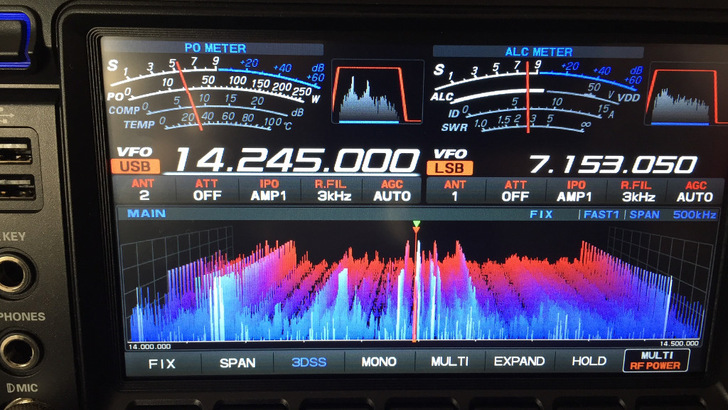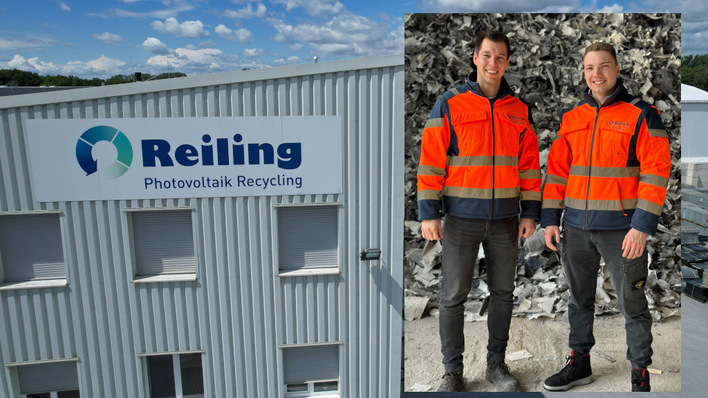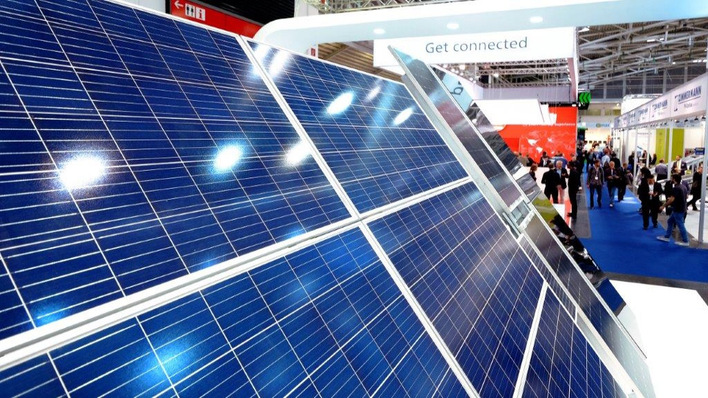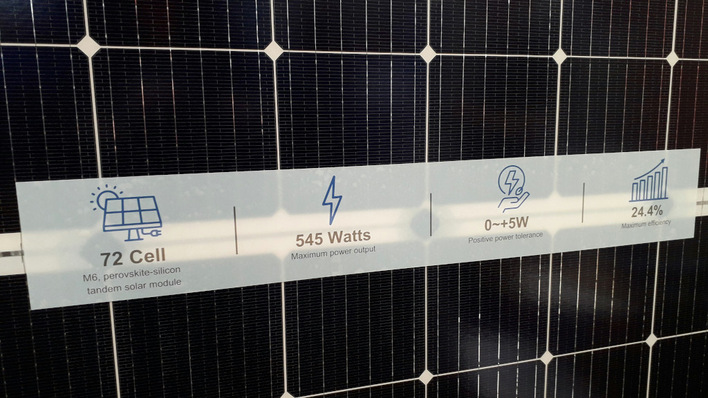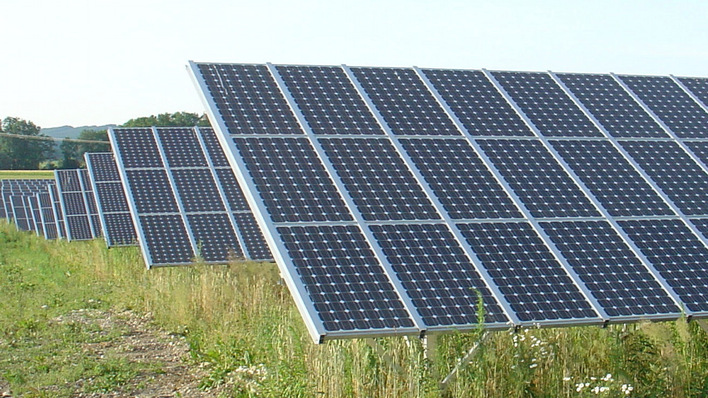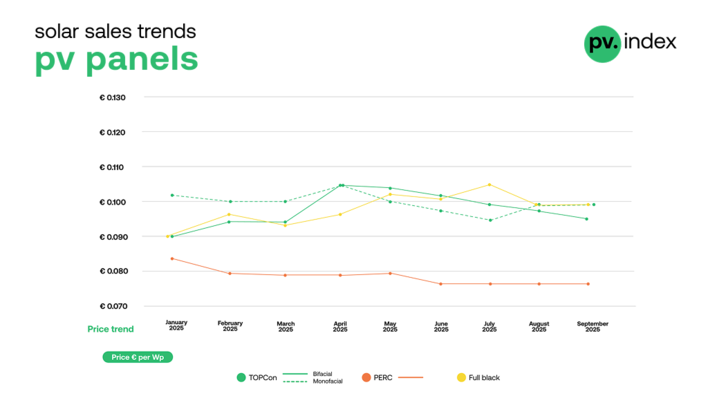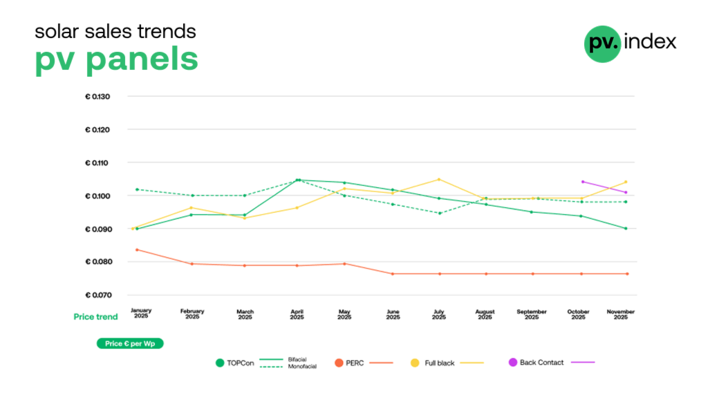If you missed Part 1, please have a look at it first and then come back here to read Part 2.
Häberlin himself repaired the affected plant of a neighbour in laborious and lengthy work. "It had 39 optimisers from SolarEdge," he says. "This meant that we had to add three times 39 suppressor ferrites to the optimisers. We needed scaffolding around the whole house, and for two days between four and six people were busy working on the roof."
Just to be clear: SolarEdge paid for clearing up the problem. According to Professor Häberlin's estimates: "Several thousand Swiss francs." But it took several phone calls and hours of arguing before the manufacturer sent its technical director to Switzerland. "At first SolarEdge denied everything," Häberlin remembers. "The company had already issued a brief warning on this subject in 2014."
Weights hang on the cables
In the end, a team of technicians set to work and repaired the system: with 117 folding ferrites, three per optimiser. Each ferrite core weighs between 200 and 300 grams and is now an integral part of the DC cabling. Now these weights hang on the cables, in all weathers. Häberlin is therefore pushing for separate, specially suppressed optimisers that can be installed by solar installers with the relevant warranty.
Fact is: The installer of the system in the professor's neighbourhood was overwhelmed with the job. Not all solar technicians are HF specialists and are familiar with EMC. "The problem is the fundamental oscillation of the DC optimisers," Häberlin analyses. "For SolarEdge, it is 200 kilohertz. The radio band starts at 150 kilohertz." Häberlin himself climbed onto the roof to "set a precedent for interference suppression" together with the experts from SolarEdge.
A typical interference pattern
In the frequency bands of amateur radio operators, for example, the interference signals can be clearly identified at 200-kilohertz intervals. There is a typical interference pattern that points to the DC optimisers. In addition, SolarEdge uses Powerline for the communication of the optimiser. "The power line is hard-wired," Häberlin explains. "Actually, you would have to think of it as a telecommunications component. But then the PLC would also have to meet the relevant standards."
SolarEdge responded immediately to our editorial team's query and commented on the cases known so far, mainly in Switzerland. However, the manufacturer has so far not followed Häberlin's suggestion to offer special EMVC devices or repair kits.
The reasons are obvious: Despite millions of installed optimisers worldwide, the number of reported incidents of radio interference is very, very low. This is because systems with DC optimisers usually work without problems. But if a number of factors come together, the system acts as a jamming transmitter. To develop and produce special EMC equipment would mean higher costs.
The devil takes the hindmost
But: The fact that the optimisers are tested and certified as individual devices in accordance with various standards does not exempt the manufacturers from their responsibility if they become sources of interference in a system. There is no sufficient standardisation for this, unlike for AC systems.
See also:
Field test of Switzerland's first local electricity market concluded
Otherwise the problem will remain with the system operator and his installer. If a photovoltaic system interferes with the radio operation of a ham radio in the neighbourhood, the authorities take action. Then the operator of the system is ordered to eliminate the interferences. Not every installer has the professional qualifications of Professor Häberlin to technically solve the problem.
The installer is liable
Not to mention the effort involved: In fact, to get to the DC optimisers, every module has to be lifted up. Then the ferrite cores are bound around the terminals. The installation must then be recalibrated and tested to see whether the interference levels in the radio frequencies fall below the permitted limits. Quite often a neighbourhood dispute was the result. And every time, the installer was responsible, because he hands over to his customer a system that is supposed to be compliant with the legal requirements. In other words: If the system causes a problem, a customer who is very tough can take legal recourse against his solar installer.
Either way, the clean image of the solar industry suffers. Or, as Professor Häberlin comments: "Photovoltaics should not only generate clean electricity. It must also be clean in terms of EMC. Otherwise the clean energy is not really clean."


